
All categories
Featured selections
Trade Assurance
Buyer Central
Help Center
Get the app
Become a supplier

(27529 products available)















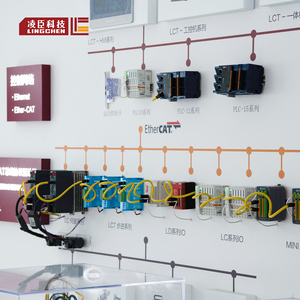



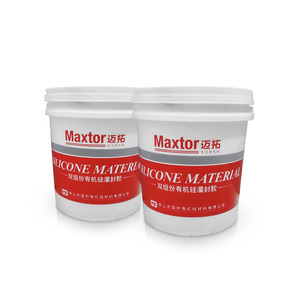
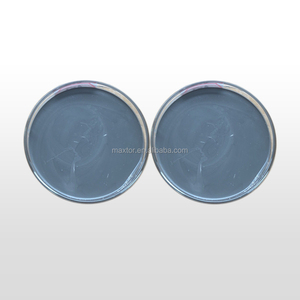








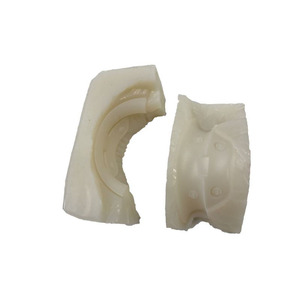

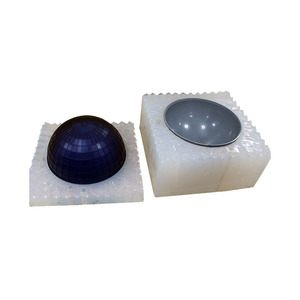



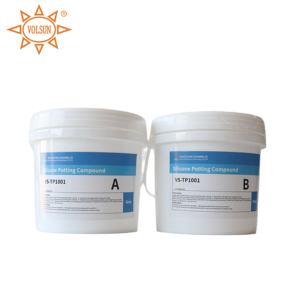

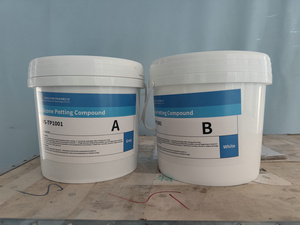


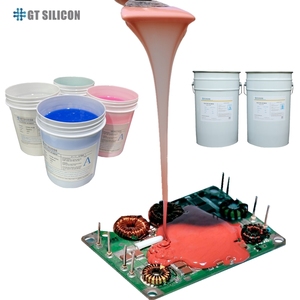
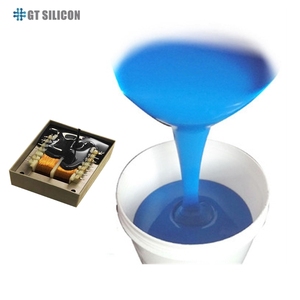



Electronic grade silicon refers to silicon with exceptional purity and quality, primarily used to manufacture electronic components such as semiconductors, integrated circuits, and photovoltaic cells. Various electronic-grade silicon types include:
Cz silicon
Cz silicon is the most common silicon crystal used in the semiconductor and photovoltaic industries. It is produced through the Czochralski process, which involves pulling a molten silicon crystal seed from a molten silicon vat to form a large single crystal known as an ingot. Because the process is slow, the ingots are often huge and contain massive quantities of the silicon crystal. The Czochralski process minimizes impurities and defects so that Cz silicon is ideal for creating wafers for electronic device production.
Bsg silicon
Bsg silicon or float zone silicon is another silicon crystal type used in electronics. Zone silicon is made by melting a molten zone along the ingot length using induction heating, then slowly pulling the solidified region (the melt zone) at a given temperature gradient. The process eliminates more impurities than the Czochralski process when pulling from the crystal seed rather than the whole melt. The float zone process produces higher purity single crystal silicon. However, because the method is slower, fz silicon ingots tend to be smaller than cz silicon wafers, although still suitable for high-performance applications.
Apem grade silicon
Apem silicon is engineered for extreme specificity in applications demanding uncompromised purity standards. Refined through scrupulous purification processes like the Siemens process, apem silicon achieves purity levels beyond 99.9999999% (the nine nines). This unparalleled purity makes it indispensable in supremely sensitive electronic applications, such as advanced integrated circuits and high-efficiency solar cells, where even the slightest impurity can critically impair functionality.
ub melt grade silicon
Ubn silicon epitomizes next-generation materials for next-generation technology, particularly in the burgeoning space of quantum computing and cutting-edge microelectronics. Produced under ultra-pure conditions, ub melt silicon infuses the manufacturing process with exceptional material quality and purity. Its role as an increasingly pivotal resource lies in its capacity to unlock the potential for smaller, faster, and more efficient devices, thereby expediting the evolution of high-tech capabilities.
Solar grade silicon
Solar-grade silicon is less pure than electronic-grade silicon but more abundant, making it a key material for solar cells. It often comes from metallurgical processes, which, while not achieving the remarkable purity levels of electronic-grade silicon, yield lower costs and greater accessibility. Meteorological-grade silicon's role in solar cell production positions it as a crucial material in the quest for sustainable energy solutions, powering the growing renewable energy sector.
Electronic-grade silicon is widely utilized across many industries due to its critical role in semiconductor manufacturing and other high-tech applications.
Semiconductor Industry
The semiconductor industry is the biggest user of electronic-grade silicon. Silicon wafers, usually in sizes of 6 inches or more, are sliced from silicon ingots and used to produce integrated circuits, microchips, and transistors. These components are critical in all electronic devices, including computers, smartphones, and appliances. The purity of electronic-grade silicon is essential to ensure the performance and reliability of semiconductor devices.
Solar Energy
Photovoltaic cells in solar panels are made from silicon wafers, which convert sunlight into electricity. While solar-grade silicon is less pure than electronic-grade silicon, it is still used in the renewable energy sector to manufacture cost-effective solar panels at a large scale. Advances in purification techniques are enhancing the quality of solar-grade silicon, making it more suitable for high-efficiency solar cells.
Optoelectronics
Optoelectronics combines optics and electronics to create devices like lasers, LEDs, and photodetectors. Silicon photonics, which uses silicon to transmit light and create faster data processing systems, is particularly promising for data centers and high-speed communication networks. Electronic-grade silicon serves as the foundation for these photonic devices that improve data transmission capabilities.
Medical Devices
Many modern medical devices incorporate semiconductor technology, which relies on electronic-grade silicon. For example, silicon-based sensors, imaging devices, and diagnostic equipment are integral to advanced medical technologies. The high purity of electronic-grade silicon is critical to ensuring the precision and reliability of medical devices in critical health applications.
Automotive Industry
Electronic-grade silicon is increasingly used in the automotive industry with the rise of electric vehicles (EVs) and autonomous driving technology. Silicon wafers are essential for manufacturing sensors, power electronics, and microcontrollers that manage battery systems and vehicle functions. Moreover, silicon-based sensors, which help brake vehicles and measure tire pressure and temperature, contribute to safety and efficiency in modern cars.
Consumer Electronics
Silicon wafers are utilized in smartphones, tablets, and laptops to make integrated circuits and microprocessors. Furthermore, silicon is used to make sensors in cameras, touchscreens, and devices for electronic stability programs in premium appliances. The consistent performance and durability of electronic-grade silicon are important for consumer electronics' reliability and efficiency.
Purity
Electronic-grade silicon has a purity of over 99.9999% (six nines or more). This extreme purity is necessary because even the smallest amounts of impurities can affect the silicon's electronic properties and impair integrated circuits, transistors, and other components' performance.
Crystal Structure
Electronic-grade silicon typically has a crystalline structure, with the most common orientation being the [100] direction. This uniform crystal lattice is critical to ensure that semiconductors function identically across the material, which is especially important at the microscopic levels used in modern electronic devices.
Resistivity
Electronics grade silicon has specific resistivity values tailored for different applications. Resistivity is measured in ohm-centimeters (Ω·cm) and usually ranges from 0.1 to 100 Ω·cm, depending on the required electrical properties. Adjusting the resistivity through controlled doping allows manufacturers to create semiconductors with desired electrical characteristics, vital for circuits and transistors.
Mechanical Properties
Electronic-grade silicon is a very hard and brittle material for durability and precision in manufacturing. Cleanroom handling is necessary to avoid contamination because it is extremely sensitive to impurities that can alter its semiconductor characteristics. Consequently, perfect crystal structure is crucial in determining the quality of the electronic component.
Wafer Size and Thickness
Silicon wafers range from 1-inch to 12-inch diameter or even more in advanced fabrication processes (for example, integrated circuit production). Common thicknesses are 50 to 200 microns, but this too can vary based on particular requirements. Technologies such as photolithography and etching create intricate patterns on wafers for circuits within integrated circuits and microprocessors, which make silicon an indispensable and versatile material for semiconductor manufacturing.
Electronic-grade silicon is a highly refined form of silicon used in the semiconductor industry to create microchips and integrated circuits. A silicon wafer is the most crucial part of the process that needs to be done carefully to avoid contamination. The wafers are sliced from large silicon crystals called ingots. The wafers are then polished to achieve a super-smooth surface. This polishing is done using a process called chemical-mechanical polishing (CMP), which combines chemicals and mechanical abrasion to get an ultra-smooth surface essential for precise microchip circuitry. The wafer undergo washing, typically in a cleanroom, with specialized chemicals to remove minute particles, contaminants, and residue. This is followed by drying using nitrogen gas to prevent water spots. Then, the wafer is cut into smaller pieces, each serving as an individual microchip during the fabrication process. A wafer test examines each wafer to check its integrity before moving on to the production phase.
Electronic-grade silicon is an exceptionally pure form of silicon that serves critical roles in semiconductor manufacturing. The silicon wafers used in this process demand stringent handling and cleaning protocols to eliminate any contaminants that could hamper the microchip's performance.
Electronic-grade silicon is a key component in making semiconductors, integrated circuits, and microelectronics. Thanks to its extreme purity, it's perfect for constructing advanced electronic devices used in a wide range of applications, from consumer gadgets to industrial machinery. Its high purity makes electronic-grade silicon vital in high-tech sectors like electronics, renewable energy, and telecommunications.
Yes, the silicon isotope composition matters. The isotopes are silicon atoms with differing neutron numbers while maintaining the same proton count. Although naturally abundant silicon consists of a mixture of isotopes, particularly around 28, the semiconductor manufacturing process needs an isotope that is rarely abundant. This process requires extremely pure silicon crystals.
Electronics grade silicon is used for making semiconductors for solar panels. It has a purity level of over 99.99%, meaning it contains almost no impurities at all. Solar-grade silicon is obtained from the metallurgical process, which isn't as pure as electronic-grade silicon but more affordable and more accessible. Although it's not as pure, solar-grade silicon is still used to manufacture solar panels, allowing energy from the sun to be captured.
Wafers enriched with the isotope 29 provide additional advantages. This slight modification improves the silicon's crystalline quality. Beyond this, the isotopic uniformity promotes a new level of homogeneity that's elusive in naturally occurring silicon, which contains a blend of various isotopes.